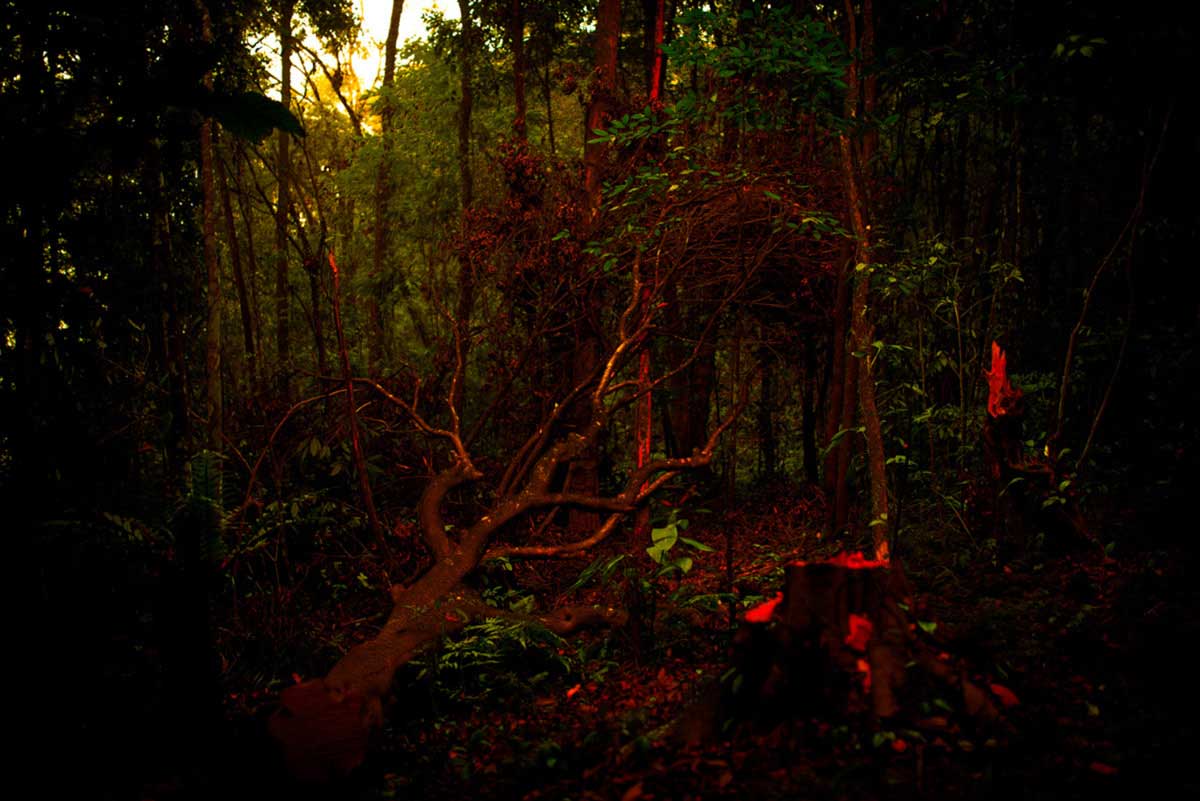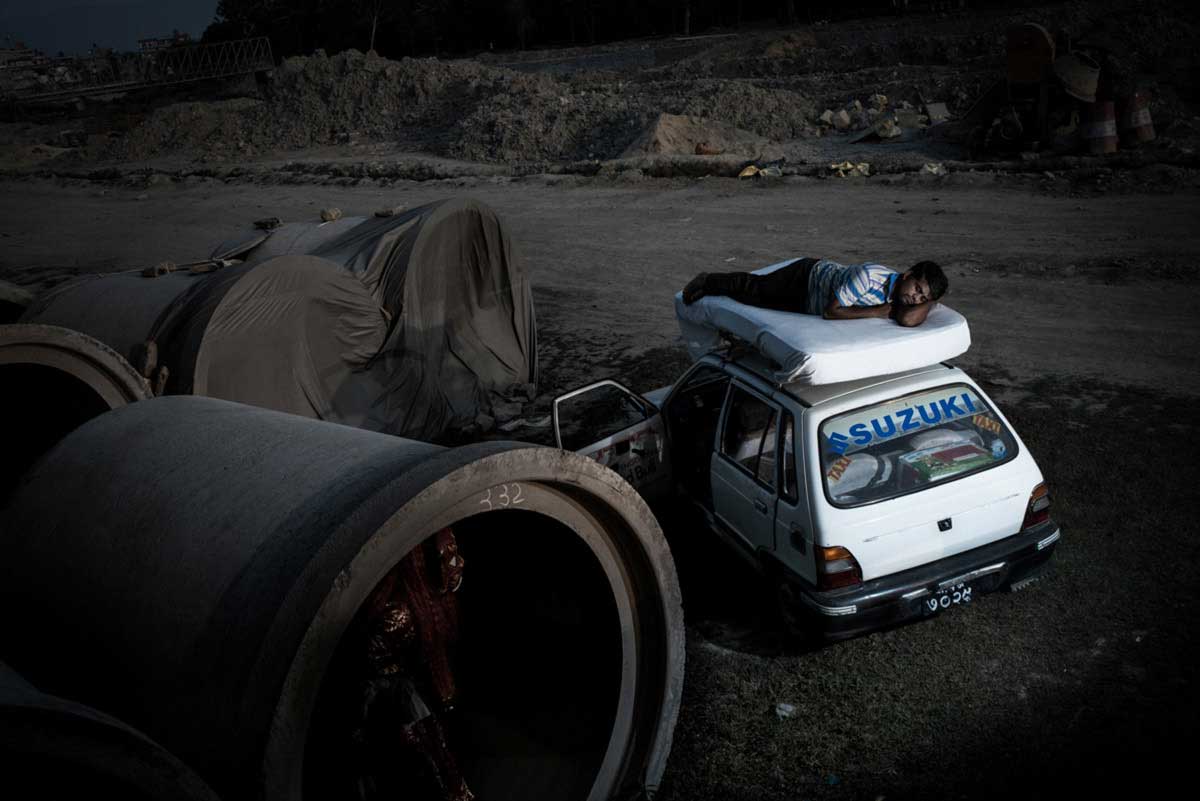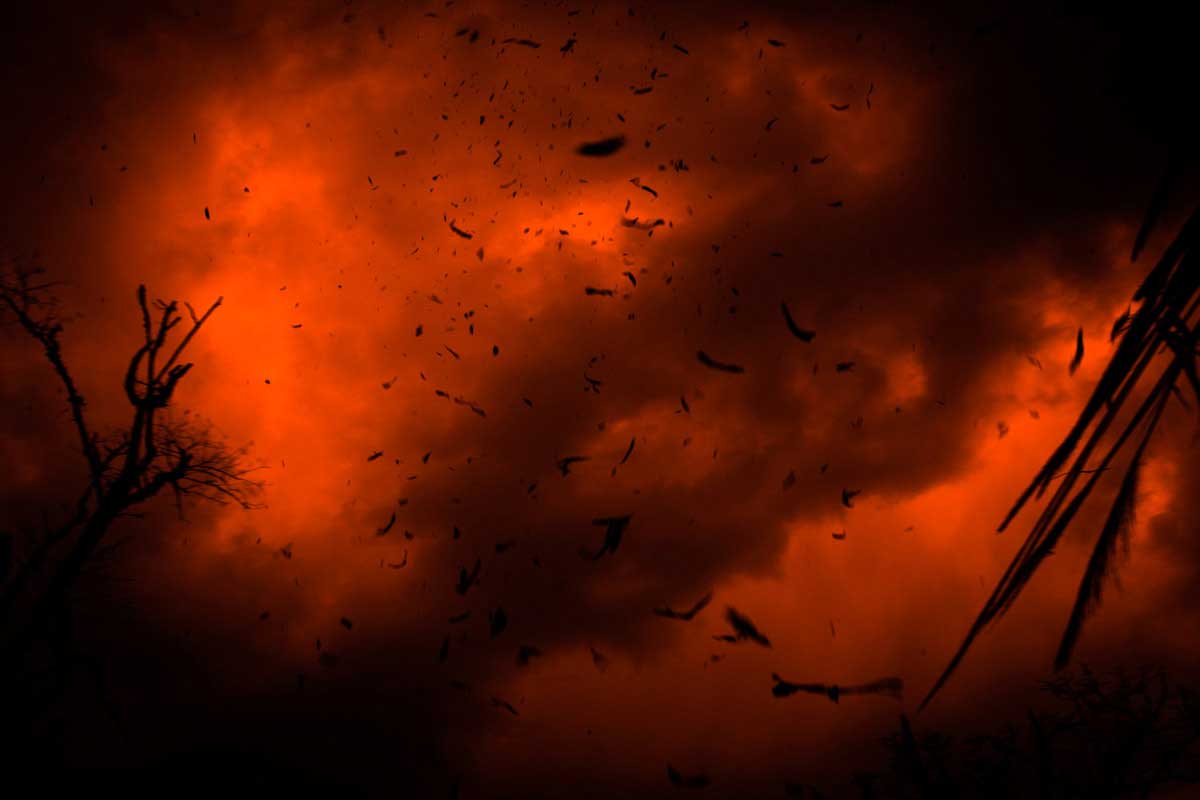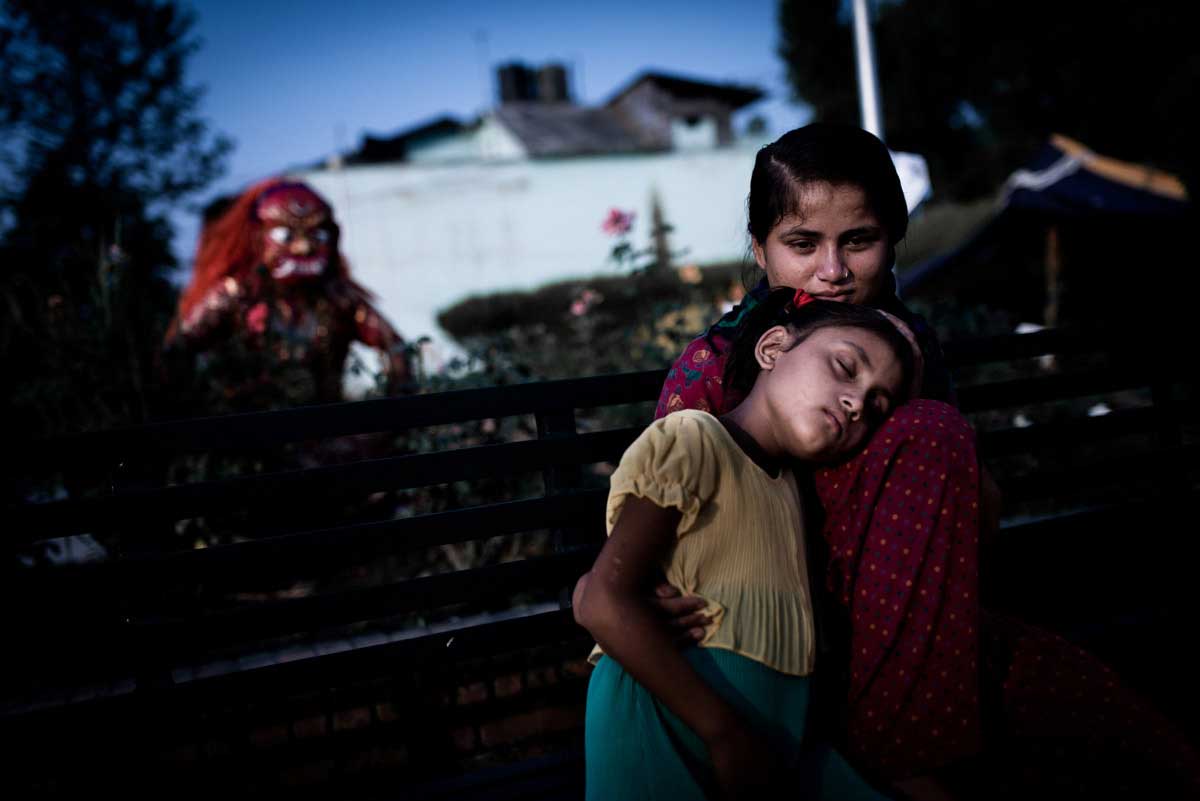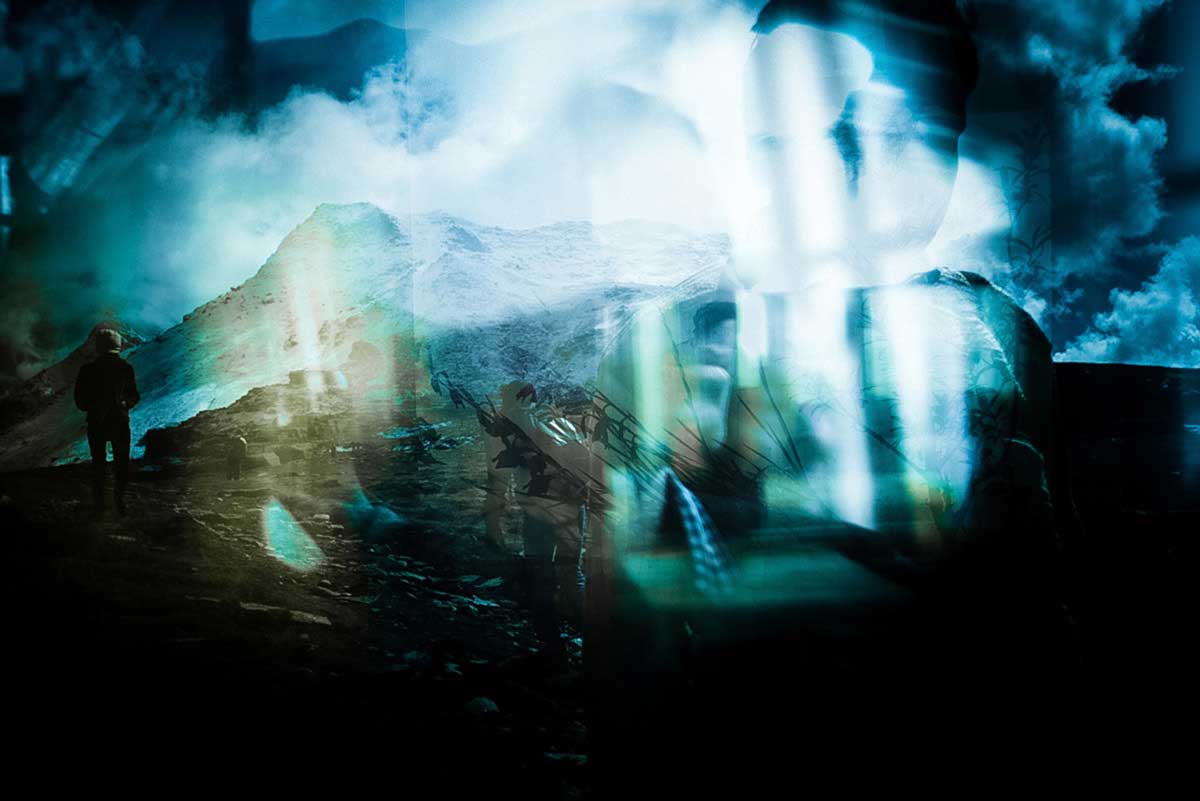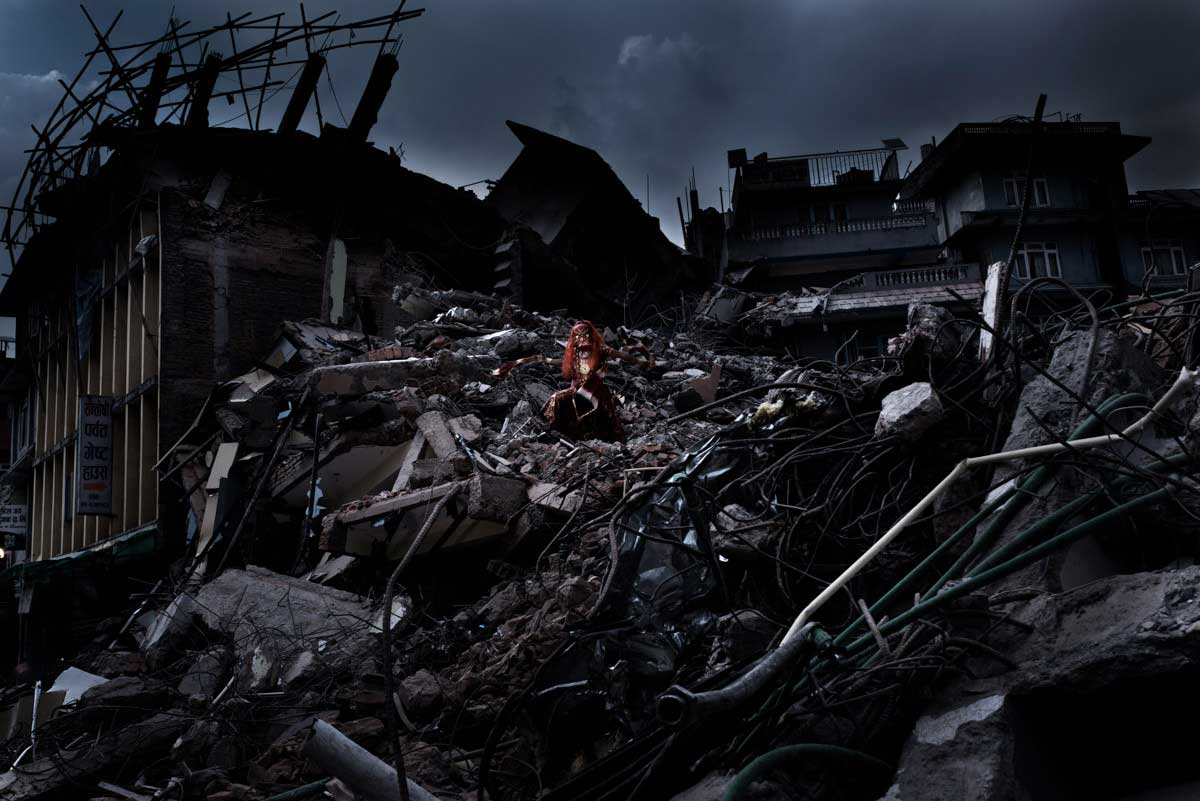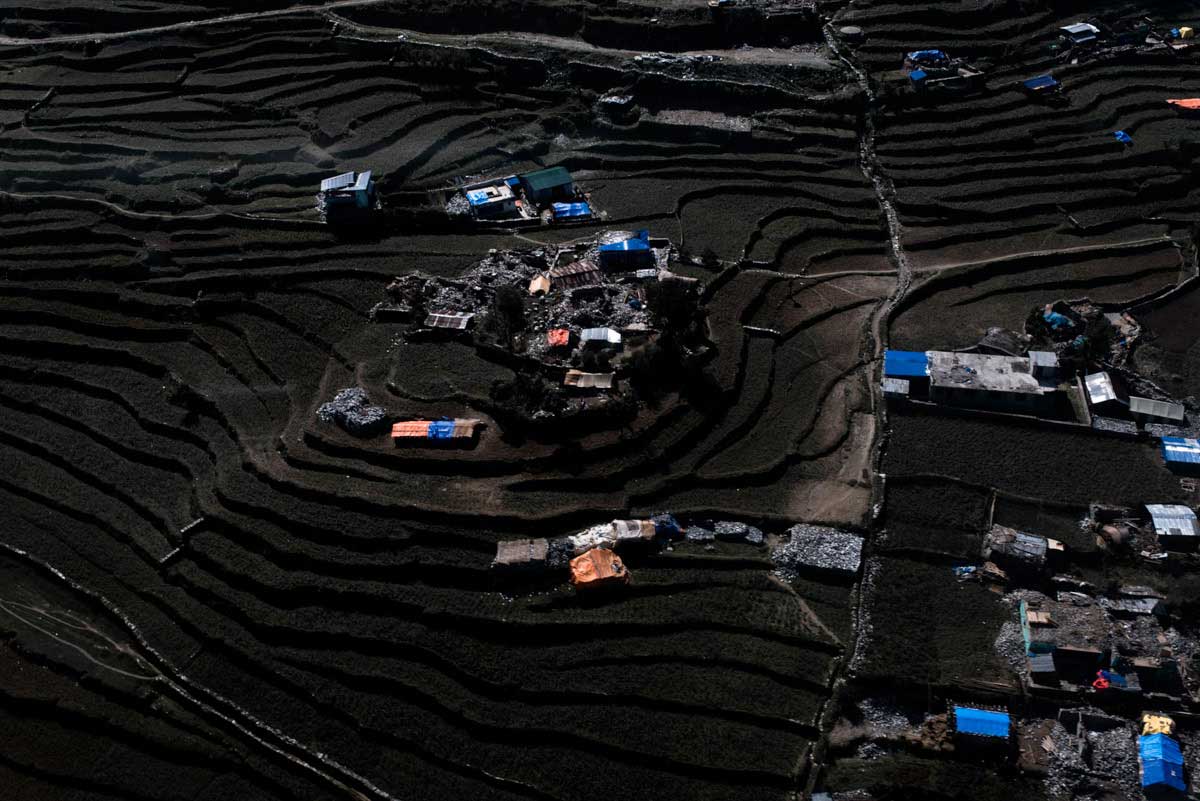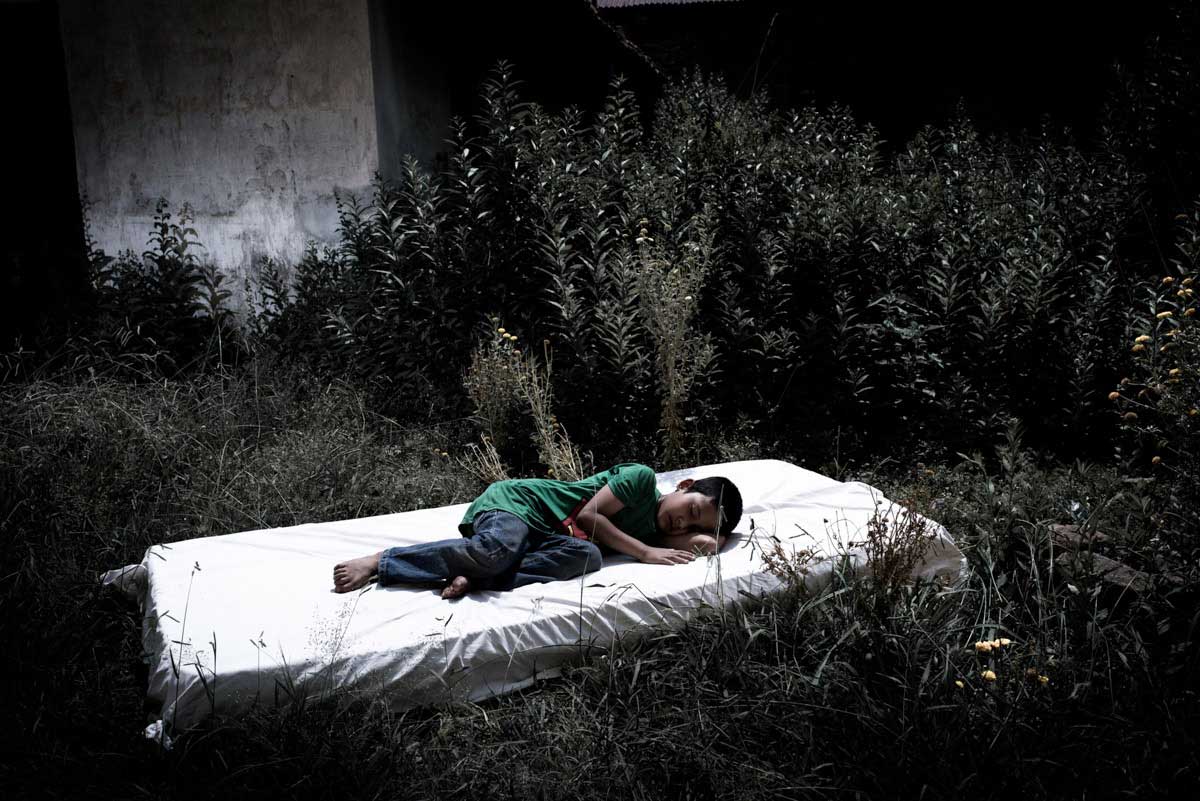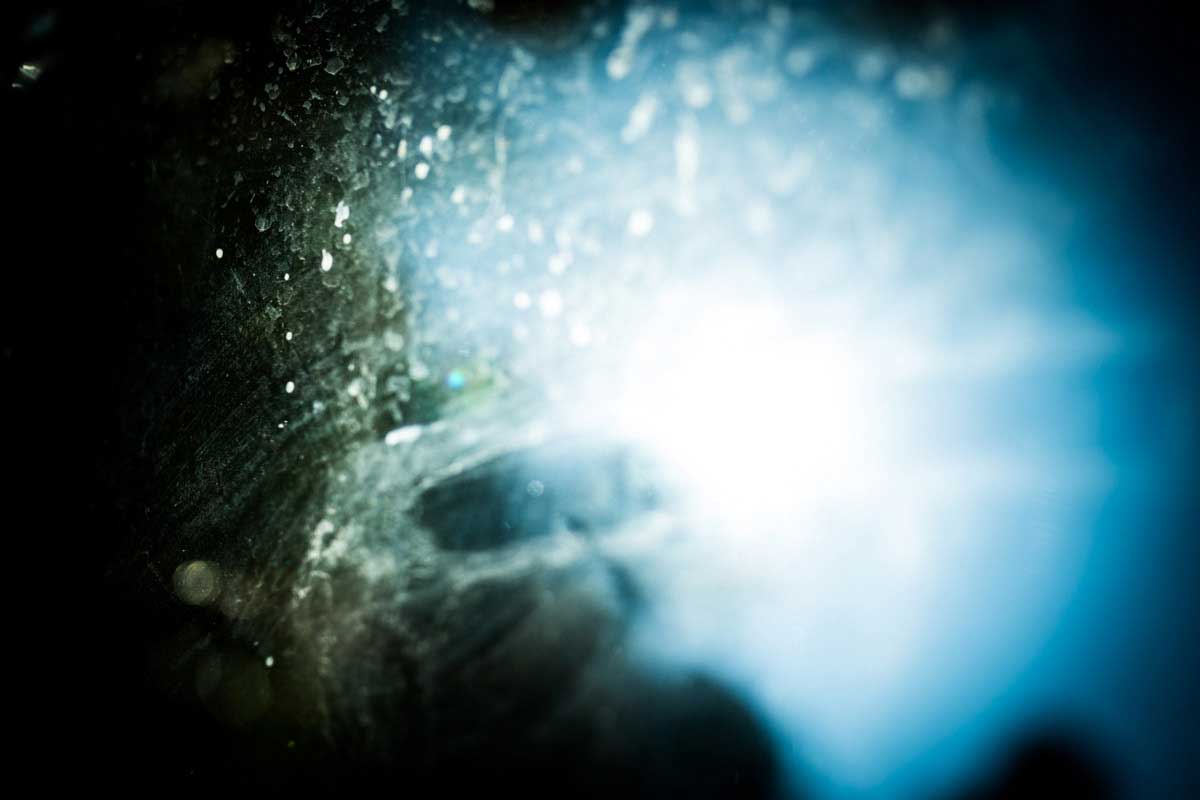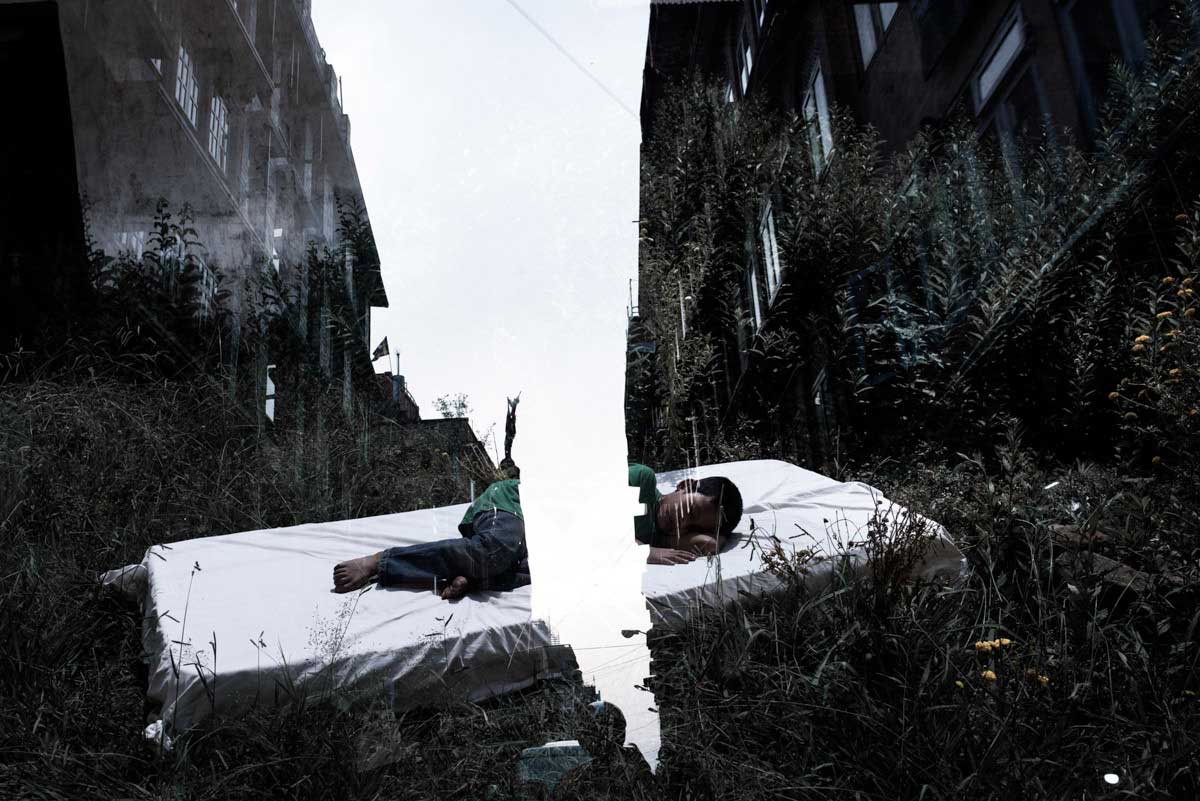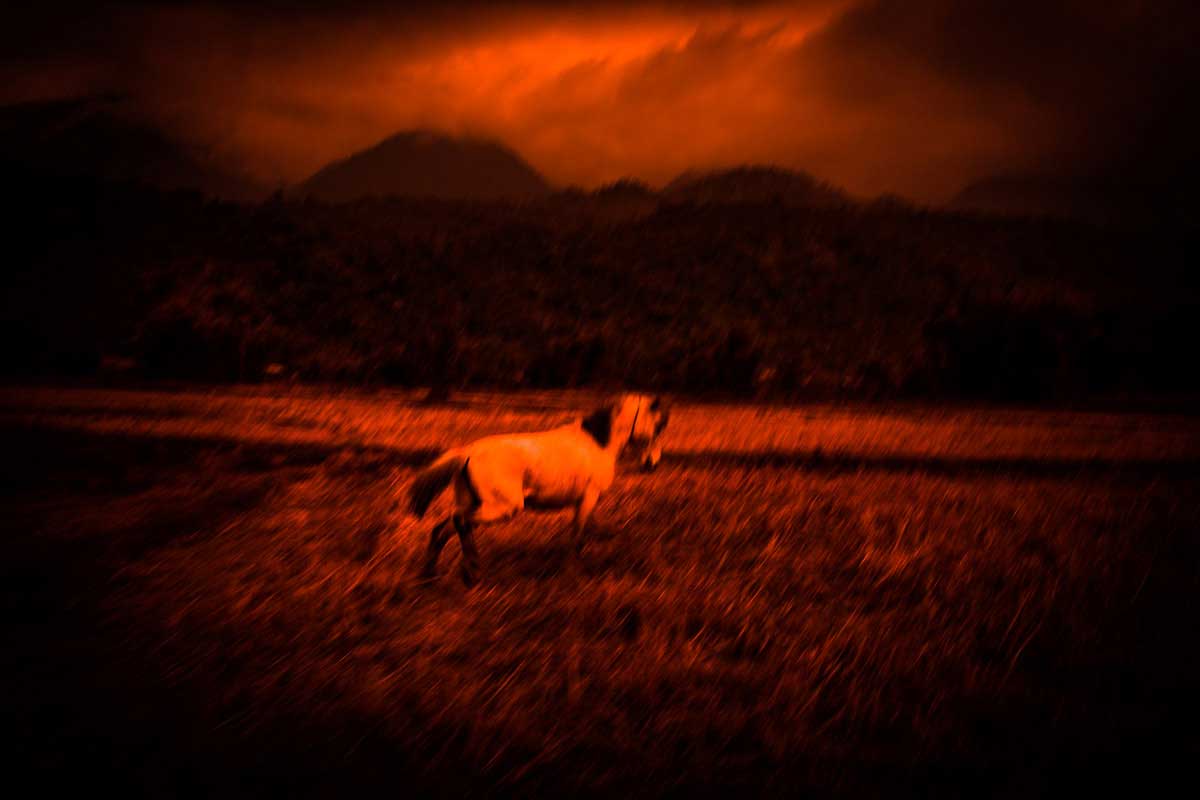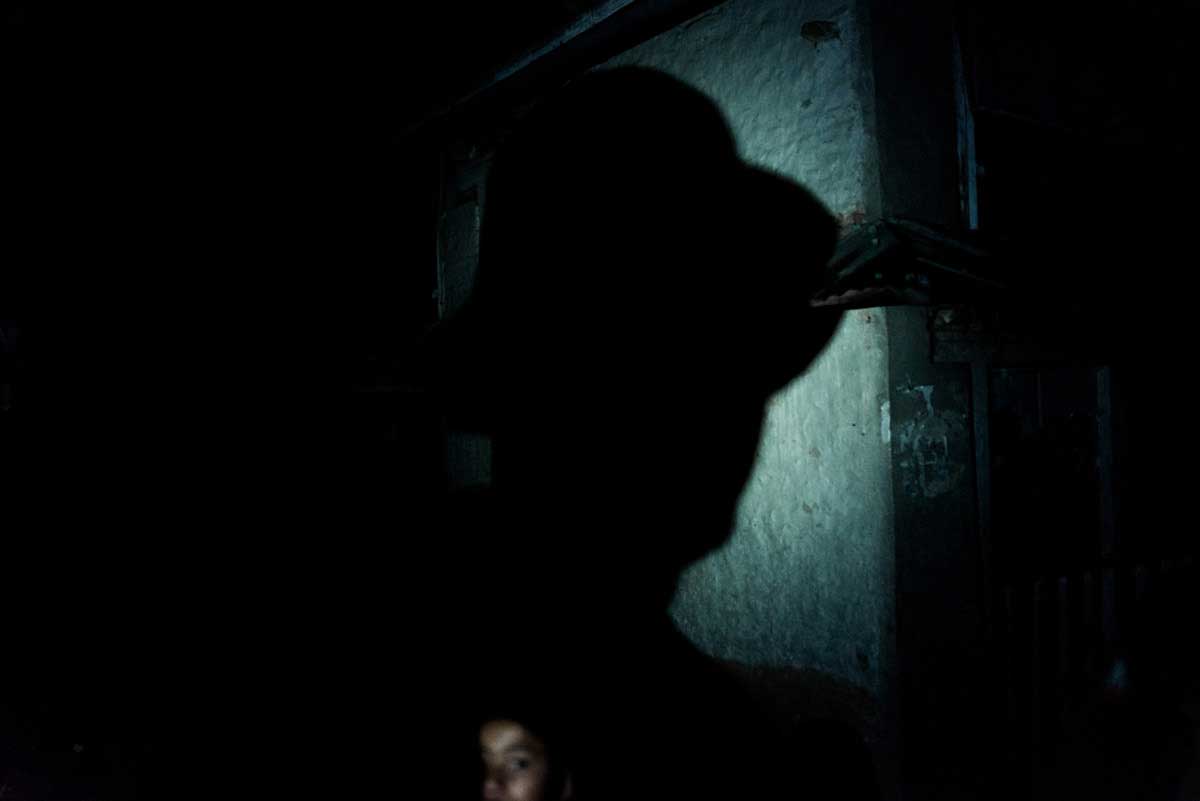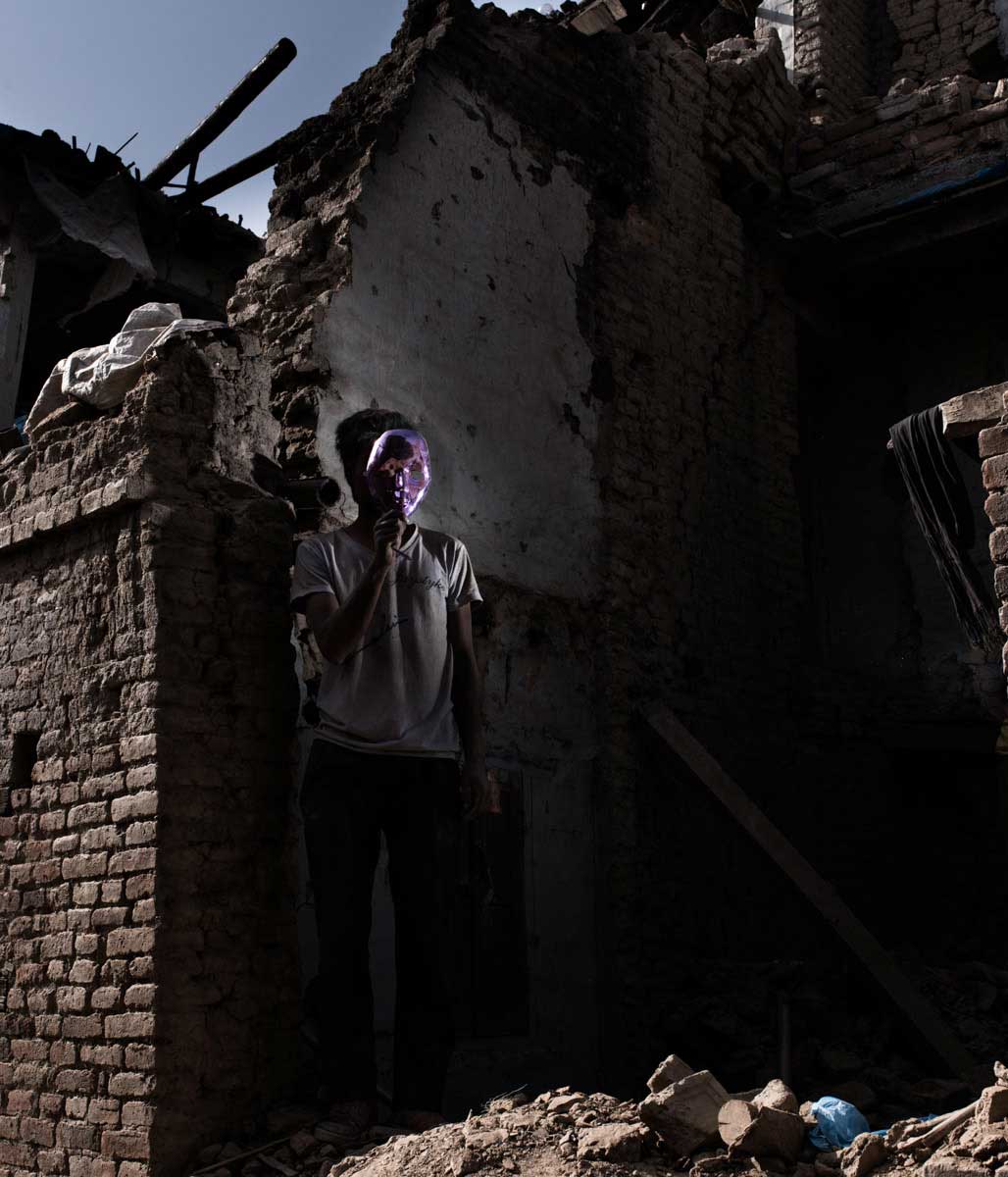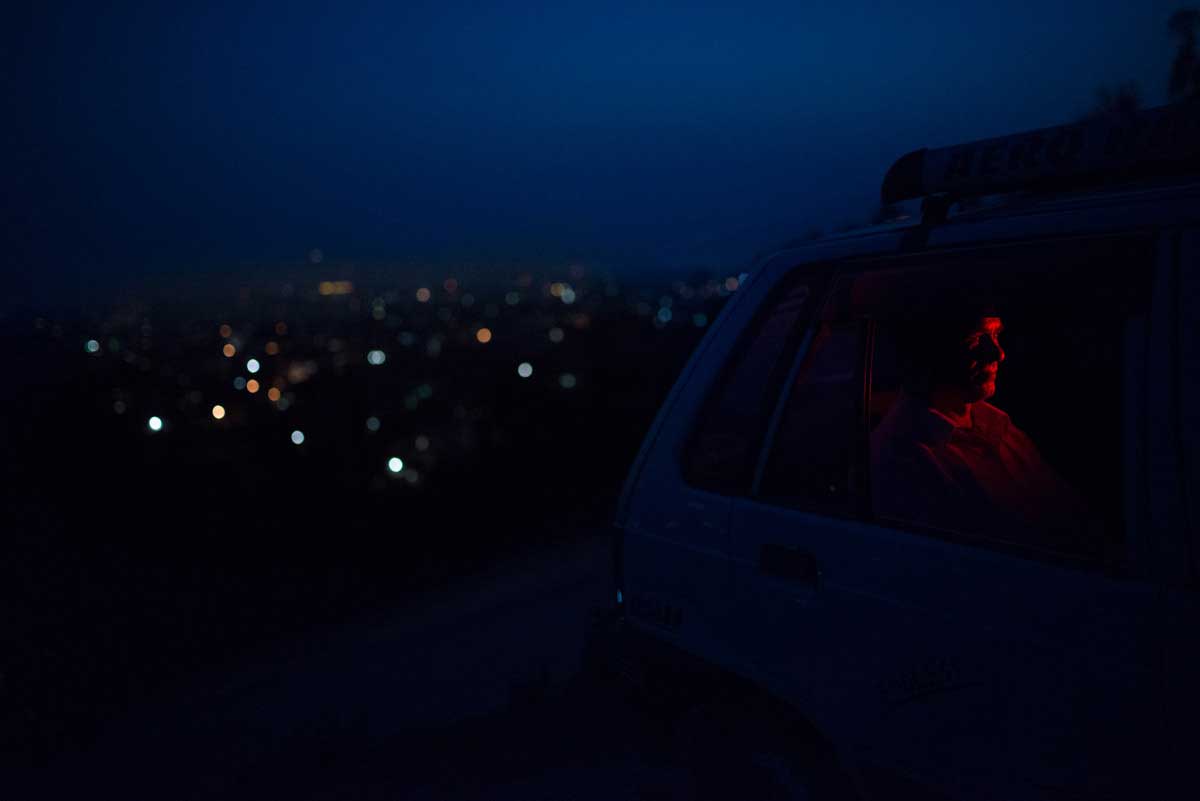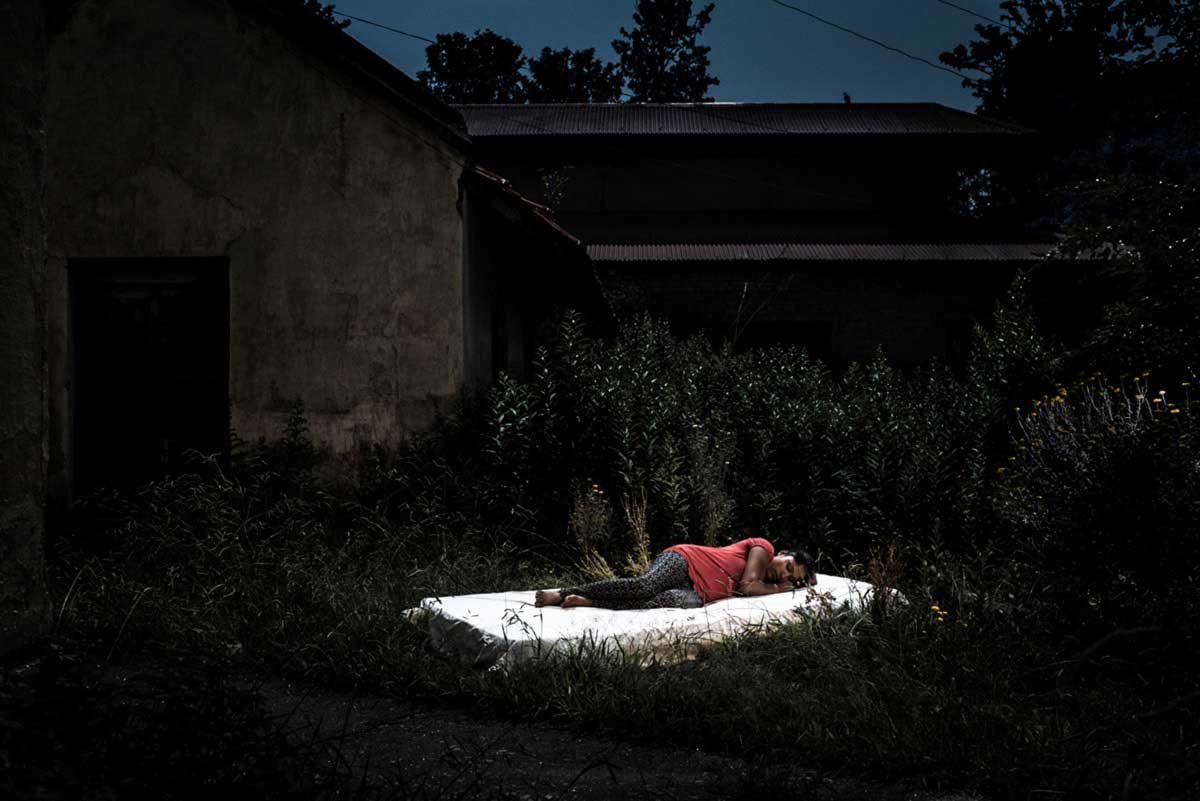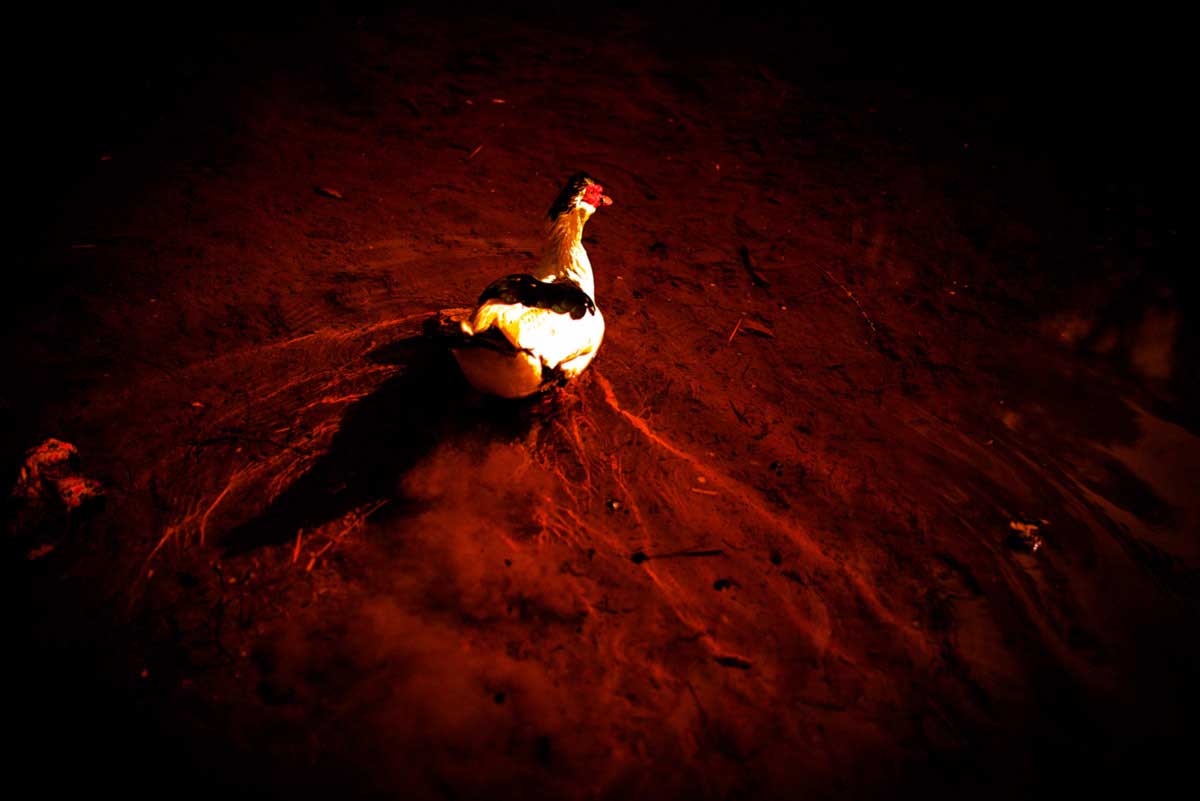A mind traumatised by a tragic occurrence may enter a dystopian realm. Between Grief and Nothing is a crossover documentary series (2015 – 2016) that portrays a dystopian state of mind triggered by traumatic events like disasters.
The series started as a creative response to the 2015 Nepal and India earthquakes, attempts to deal with that realm using a constructed approach and adopts symbolism, mythology and performativity – to look at the journey towards feelings of ‘grief’ and the manic state of ‘nothingness’.
Nearly 9,000 people died in Nepal and another 2.8 million were rendered homeless; frequent aftershocks due to the shifting of the tectonic plates further induced fear and panic within the people on both sides of the border. When it came to visually representing that fear, shock was no longer effective. Decades of prolonged overexposure to images of violence, war, and suffering led to ‘compassion fatigue’ anaesthetizing the audiences’ sensibilities.
In South Asia, myths and symbolism were extremely prevalent cultural signifiers, but have now dwindled from lens-based practice under the influence of Western aesthetics. Carl Jung spoke of symbolism and mythology as ‘the natural languages of the unconscious’.
Guided by the Jungian philosophy, Lakhey, a demon god from Nepal’s mythology was introduced as an anthropomorphic form to signify fear. People simulated the peaceful act of sleeping when in fact generally they struggle to sleep after any tragic event. Once they descended into sleep-mode, traumatic flashbacks intensified paving the path for PTSD to settle in. The Sleep and Circadian Neuroscience Institute at Oxford University found that “Sleeping after any traumatic event or going to bed angry can make bad memories and flashbacks worse, substantially augmenting possibilities of Post-Traumatic Stress Disorder (PTSD) setting in”. Trauma interferes with the processing of events, thus corrupting our memory.
David Campany wrote, “the photograph can be an aid to memory, but it can also become an obstacle that blocks access to the understanding of the past. It can paralyse the personal and political ability to think beyond the image in the always-fraught project of remembrance”. In a post-truth era where ‘objective facts are less influential in shaping public opinion than appeals to emotion and personal beliefs’, the series attempts to forge this understanding by rooting the tragedy in South Asian folklore whilst hindering shock-images from further corrupting our collective memory.
Erik Vroons, Editor-at-large at GUP Magazine in an article titled ‘Creative Treatments of Actuality- Can they be photojournalism?’ for Witness, a World Press Photos magazine writes “De went there with his camera (as so many other international photojournalists) to capture the immediate effects of this dreadful ‘event,’ but on arrival opted for an alternative, and a more creative response. He decided to implement performative elements — related to the myth of a figure that is feared throughout the region, even today — as a means to arrive at the mental landscape of the Nepalese in the aftermath of these devastating earthquakes. All done so in order to document a dystopian state of mind; a collective ‘psyche’ of the local community that could not be portrayed by a merely straightforward photographic report of the situation.Both photographers mentioned here managed to do justice to the psychological effects of a traumatic experience that was considered ‘newsworthy’. Their ‘crossover’ approach aims to bridge reality as witnessed with how it is being remembered by local ‘survivors’. [Additional credits: Model as Lakhey: Sujan Bajracharya, Nepal / Production Assistant: Sushant Shrestha, Nepal]
About Sharbendu De
Sharbendu De (India, 1978) is a contemporary photographer, and an academic with over 13 years of experience. He actively works within the documentary as well as the ‘staged and constructed’ genre, and is exploring a contemporary visual language. He has an MA in Photojournalism (2010) from the University of Westminster, London, and presently teaches photojournalism and documentary photography at the AJK Mass Communication Research Centre, Jamia Millia Islamia University, New Delhi. He is regularly invited to deliver talks, lectures and workshops across different academic and art institutions in India. De recently won the Arts Research Programme Grant from the India Foundation for the Arts for his series ‘Imagined Homeland (2013-)’. He was shortlisted for the Lucie Foundation’s ‘Photo Made Scholarship 2017’ and was a Nominee for ‘Photography Grant’ 2017. His fictional series ‘Between Grief and Nothing (2015-16)’ has been exhibited in Econtros da Imagem, Photo Kathmandu, Geothe Institut in New Delhi and Mumbai, and also featured in GUP Magazine, LensCulture as well as Invisible Photographer Asia. He has further exhibited in UK, Portugal, Nepal, and across India, and has photographed for many international NGOs. He lives in New Delhi, and balances his interests between visual art practice and academia. [Official Website]
